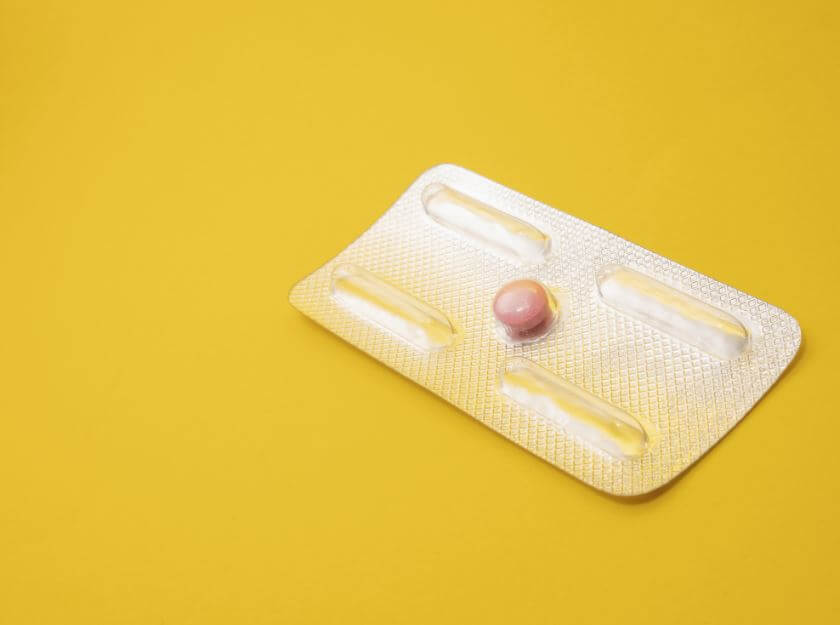Tag Archive for: Womens Health
Why Is the Doctor Requesting a Colposcopy for an Abnormal Pap Smear?
/0 Comments/in Blogs/by MacArthur Medical CenterA gynecology procedure to prevent cervical cancer. Read more
Can You Trust a Home Pregnancy Test?
/0 Comments/in MacArthur Minute/by MacArthur Medical CenterAre tests accurate, and can we trust the results? Read more
BREASTS; EVERYONE HAS THEM. DO YOU KNOW HOW THEY WORK?
/0 Comments/in MacArthur Minute/by MacArthur Medical CenterUnderstanding the mystery of the mammary glands.
We all have breasts. Structurally, breasts are simply modified sweat glands. But functionally, the mammary glands produce milk, life- saving nutrition for newborn babies allowing the human race to evolve and flourish.
The mammary glands are wondrous and complex structures. Let’s take a tour of the breast anatomy.
What are the mammary glands?
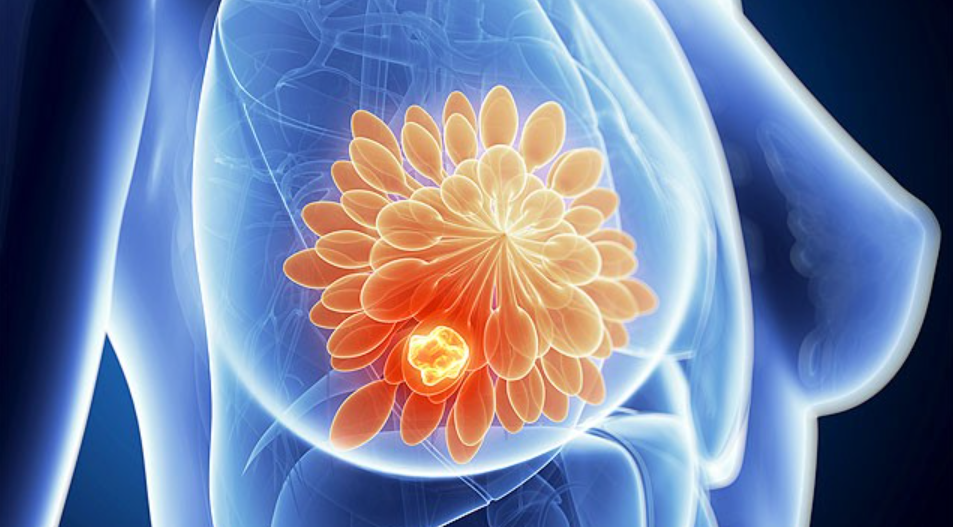
Used with permission from Medika Life
Mammary glands are located in the breast overlying the pectoralis major muscles. Both males and females have them, but they are functional only in women.
Externally, each breast has a raised nipple surrounded by a circular pigmented area called the areola. The nipples are sensitive to touch because of a dense array of nerve fibers and smooth muscle that contracts and causes them to become erect in response to stimulation.
Internally, the adult female breast contains 15 to 20 lobes of glandular tissue that radiate around the nipple. The lobes are separated by firm connective tissue and fatty adipose tissue.
The connective tissue helps support the breast. Bands of connective tissue, called suspensory (Cooper’s) ligaments, extend through the breast from the skin to the underlying muscles. The amount and distribution of the adipose tissue determine the size and shape of the breast. To keep it simple, fatty tissue determines breast size and connective tissue holds them up.
A complex plumbing system
Have you ever wondered how milk gets to the nipple? Each lobe consists of lobules that contain the milk-producing glandular units. A tube called a lactiferous duct collects milk from the lobules and carries it to the nipple.
Milk is stored in a reservoir called the ampulla (lactiferous sinus) just before arrival at the nipple. After the sinus, the duct splits and narrows allowing multiple ducts to bring milk to the surface of the nipple.
Mammary gland function is regulated by hormones
Four hormones have an integral role in breast development. Estrogen levels increase during puberty and stimulate the production of glandular breast tissue. Estrogen increases adipose tissue causing the breast to increase in size. Progesterone plays a role as well by stimulating the development of the duct system.
During pregnancy, these hormones further enhance the development of the mammary glands. Prolactin from the anterior pituitary gland stimulates the milk production inside of the glandular tissue, and oxytocin triggers the ejection of milk from the glands.
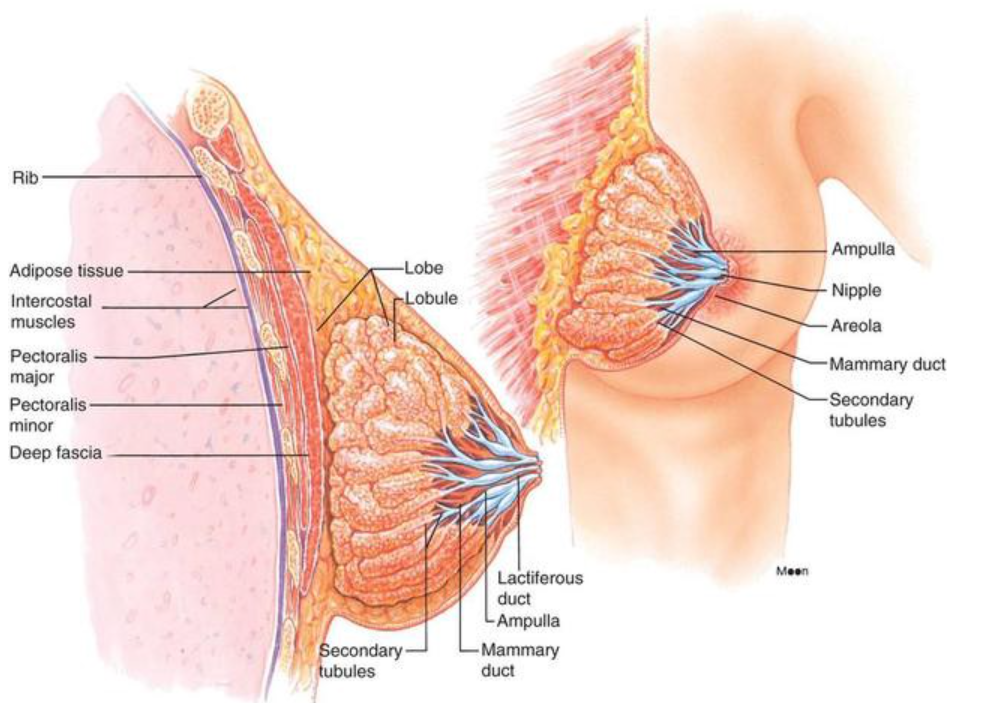
Used with permission from Medika Life
Breast surface anatomy
The breast is located on the anterior thoracic wall. It extends horizontally from the lateral border of the sternum to the mid-axillary line. Vertically, it spans between the 2nd and 6thintercostal cartilages. It lies superficially to the pectoralis major and serratus anterior muscles.
The breast is composed of two regions. The circular body is the prominent area of the breast. The axillary tail is a smaller area running along the inferior lateral edge of the pectoralis major towards the axillary fossa.
At the center of the breast is the nipple. It is made mostly of smooth muscle fibers. The pigmented area of skin surrounding the nipple is called the areolae. There are numerous sebaceous glands within the areolae . These glands enlarge during pregnancy, secreting an oily protective lubricant for the nipple.
The breast’s blood supply
The middle of the breast receives blood from the internal mammary artery, a branch of the subclavian artery.
The lateral part of the breast receives blood from four vessels:
- Lateral thoracic and thoracoacromial branches — originate from the axillary artery.
- Lateral mammary branches — originate from the posterior intercostal arteries (derived from the aorta). They supply the lateral aspect of the breast in the 2nd 3rd and 4th intercostal spaces.
- Mammary branch — originates from the anterior intercostal artery.
The breast lymphatic system
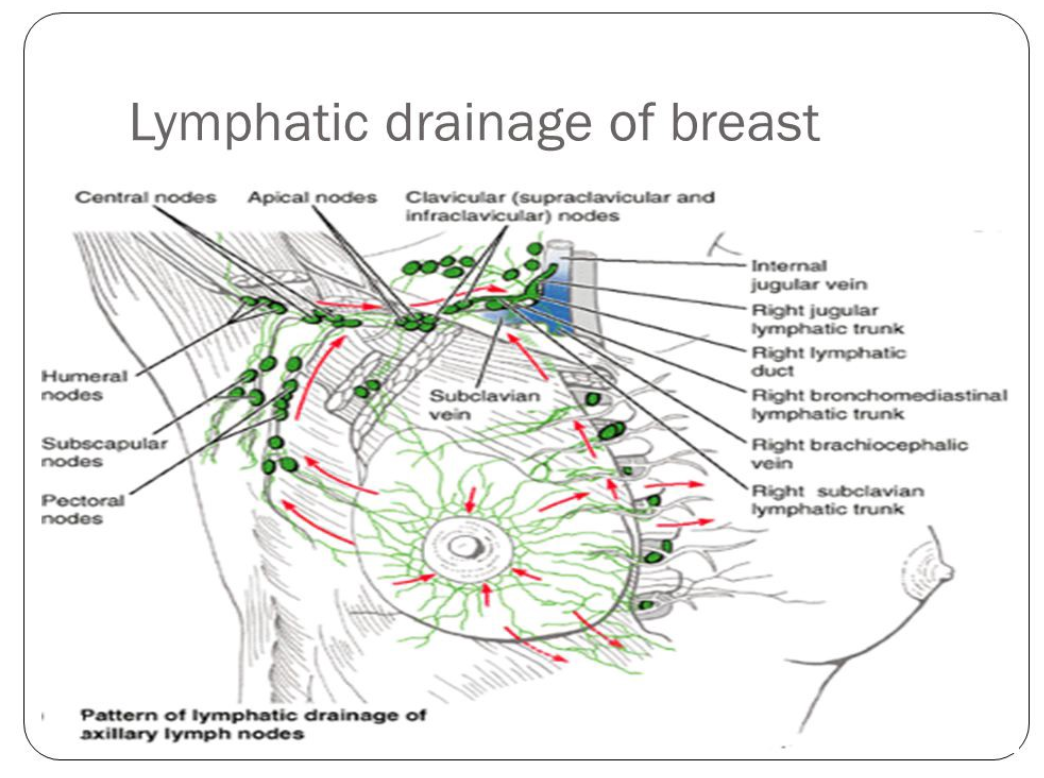
Used with permission from Medika Life
The lymphatic drainage of the breast is incredibly important. Breast cancer spreads through the lymph when it spreads (metastisizes).
There are three groups of lymph nodes that receive lymph from breast tissue — the axillary nodes (75%), parasternal nodes (20%), and posterior intercostal nodes (5%).
Thank you to BeingWell for publishing this article on Medium.
Originally posted on Medika Life
Blog Author: Dr. Richard Wagner
Main Blog Photo By: Jan Kopřiva on Unsplash
8 Tips to Solve Vaginal Dryness and Overcome Painful Intercourse
/in MacArthur Minute/by MacArthur Medical CenterPoor lubrication is a common condition you don’t have to live with. Read more
Now Is the Time to Try a Menstrual Cup
/in MacArthur Minute/by MacArthur Medical CenterCoronavirus pandemic leads to a shortage of sanitary napkins and tampons
Have you been to the grocery store lately? Have you seen the panic-induced lines at Costco and Walmart due to the Coronavirus? Read more
Better Care is Needed for Postpartum Depression
/in MacArthur Minute/by MacArthur Medical CenterA doctor learns to ask the right questions to help patients get the help they deserve.
Plan B Is Not an Abortion Pill
/in MacArthur Minute/by MacArthur Medical CenterUnderstanding emergency contraception.
Dear politicians, health policymakers, reporters, and highly-opinionated social media friends. Plan B is not an abortion pill. Stop calling it that.
Plan B is the brand name of one form of emergency contraception. RU486 (Mifepristone) is a medication used to induce abortion. Plan B and RU486 are not the same medication. Emergency birth control prevents pregnancy. Abortion medication terminates a pregnancy.
Our views on abortion vary. We must understand what we are arguing about. Our country’s public policy and heated Facebook debates should at least be based on facts. Emergency contraception is completely different than a medical abortion. In fact, emergency contraception prevents the need for abortions while preventing unplanned pregnancy.
What is emergency contraception?
Emergency contraception (EC) contains progesterone, a hormone produced naturally by the ovaries. It is often called “the morning after” pill. Common brands, such as Plan B, are available over the counter without a prescription. EC is formulated with a high dose of progesterone. This hormonal blast disrupts, delays, or prevents ovulation. High dose progesterone also thickens the cervical mucus creating a toxic environment for sperm. It will not terminate an already established pregnancy.
It’s not called Plan A
Over-the-counter emergency birth control should be used within 72 hours of unprotected sex. Presciption EllaOne (ulipristal acetate) can be taken up to 5 days after unprotected sex. The earlier it is used, the better it works. EC decreases the risk of pregnancy by 70–80% (ACOG). It is not a great primary form of contraception. Emergency contraception is called Plan B and not Plan A for a reason.
Will it cause an abortion?
Progesterone does not cause abortion. Emergency contraception decreases the risk of pregnancy by inhibiting ovulation. If conception has already, then it is too late for emergency contraception. Once pregnancy occurs, the ovary forms a type of ovary cyst called a corpus luteum. It produces progesterone to support the growing pregnancy. Taking emergency contraception will only add more progesterone to support the developing fetus.
What are the side effects?
Side effects include nausea, vomiting, headache, breast tenderness, abdominal pain, dizziness, and fatigue. Those side effects will subside within 1–2 days after treatment. Because EC disrupts ovulation, irregular bleeding is common. Users may experience menstrual changes, including spotting, heavy bleeding, or altered timing of the next menstrual period.
What works best?
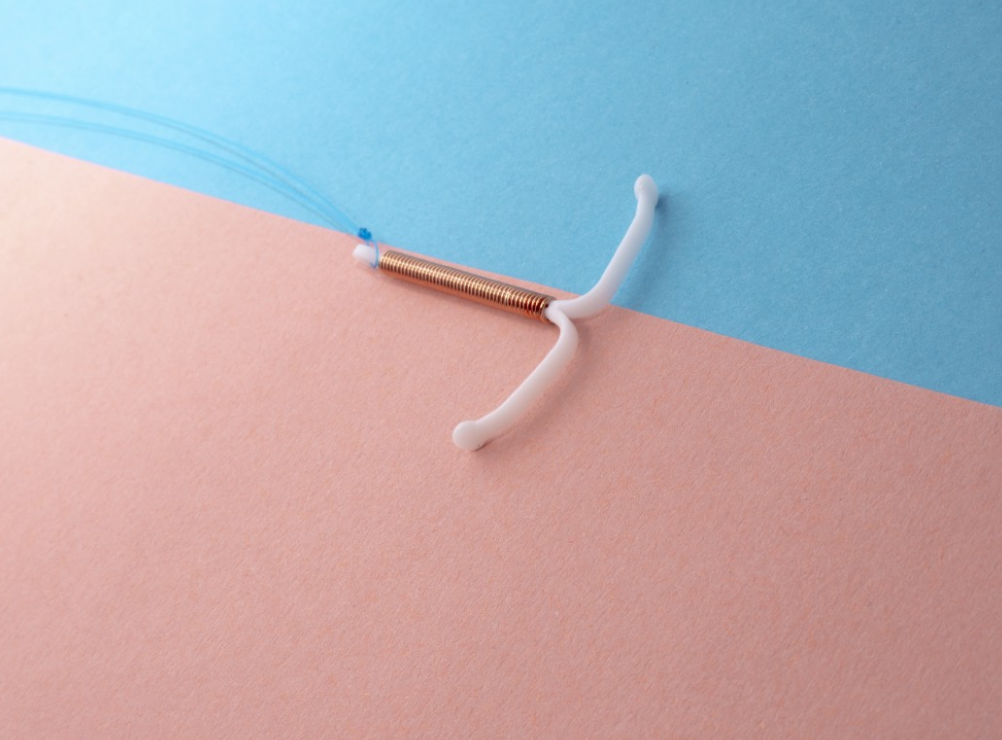
Photo by Reproductive Health Supplies Coalition on Unsplash
A copper intrauterine device (IUD) is the most effective form of emergency contraception. An IUD is a small T-shaped device inserted into the cavity of the uterus. It should be placed within 72 hours of unprotected intercourse. It prevents pregnancy by inhibiting sperm’s ability to swim towards the egg. It reduces the risk of pregnancy by 99% and provides effective birth control for up to ten years.
Short term solution
Emergency contraception is a safe option to prevent pregnancy after having sex without a condom or birth control. Other much more effective forms of contraception are available to help prevent pregnancy over the long term. Emergency contraception also does not protect against HIV or other sexually transmitted infections.
What is the abortion pill?
The abortion pill is a misnomer. Two medications, when combined, can terminate a pregnancy. RU486 (Mifepristone) competes with progesterone at the receptor sites. After taking RU486, a second medication called Misoprostol is given to induce uterine contractions. The combination of these two medications is used in abortion clinics for medical abortions. RU486 is highly regulated and only available under medical supervision at a clinic that offers abortion services.
Thank you Sexography for publishing this article on Medium.
Blog Author: Dr. Jeff Livingston
Blog Photo By: Alex Hockett on Unsplash
Never Feel Ashamed or Afraid to Speak up About Postpartum Depression
/in MacArthur Minute/by MacArthur Medical CenterWe all must pay attention to get women the help they deserve. Read more
Is It Normal To Itch All Over In Pregnancy?
/in MacArthur Minute/by MacArthur Medical CenterMy entire body itches and I can not stop scratching. Read more
Get in Touch
- 972-256-3700
- [email protected]
- 3501 N. MacArthur Blvd, Ste 500
Irving, TX 75062
 Testosterone Therapy: Can Women Boost Sex Drive, Energy, and Brain Function?March 3, 2023 - 11:17 am
Testosterone Therapy: Can Women Boost Sex Drive, Energy, and Brain Function?March 3, 2023 - 11:17 am You Can Have a Baby and Save Someone’s Life – Find Out HowDecember 16, 2021 - 11:26 pm
You Can Have a Baby and Save Someone’s Life – Find Out HowDecember 16, 2021 - 11:26 pm Teen Dating Violence Is a Problem, but Texas Governor Vetos Bill to Stop ItOctober 17, 2021 - 4:36 pm
Teen Dating Violence Is a Problem, but Texas Governor Vetos Bill to Stop ItOctober 17, 2021 - 4:36 pm New Money From CDC Can Reduce the High Rate of Birth Defects in TexasOctober 10, 2021 - 9:53 pm
New Money From CDC Can Reduce the High Rate of Birth Defects in TexasOctober 10, 2021 - 9:53 pm





